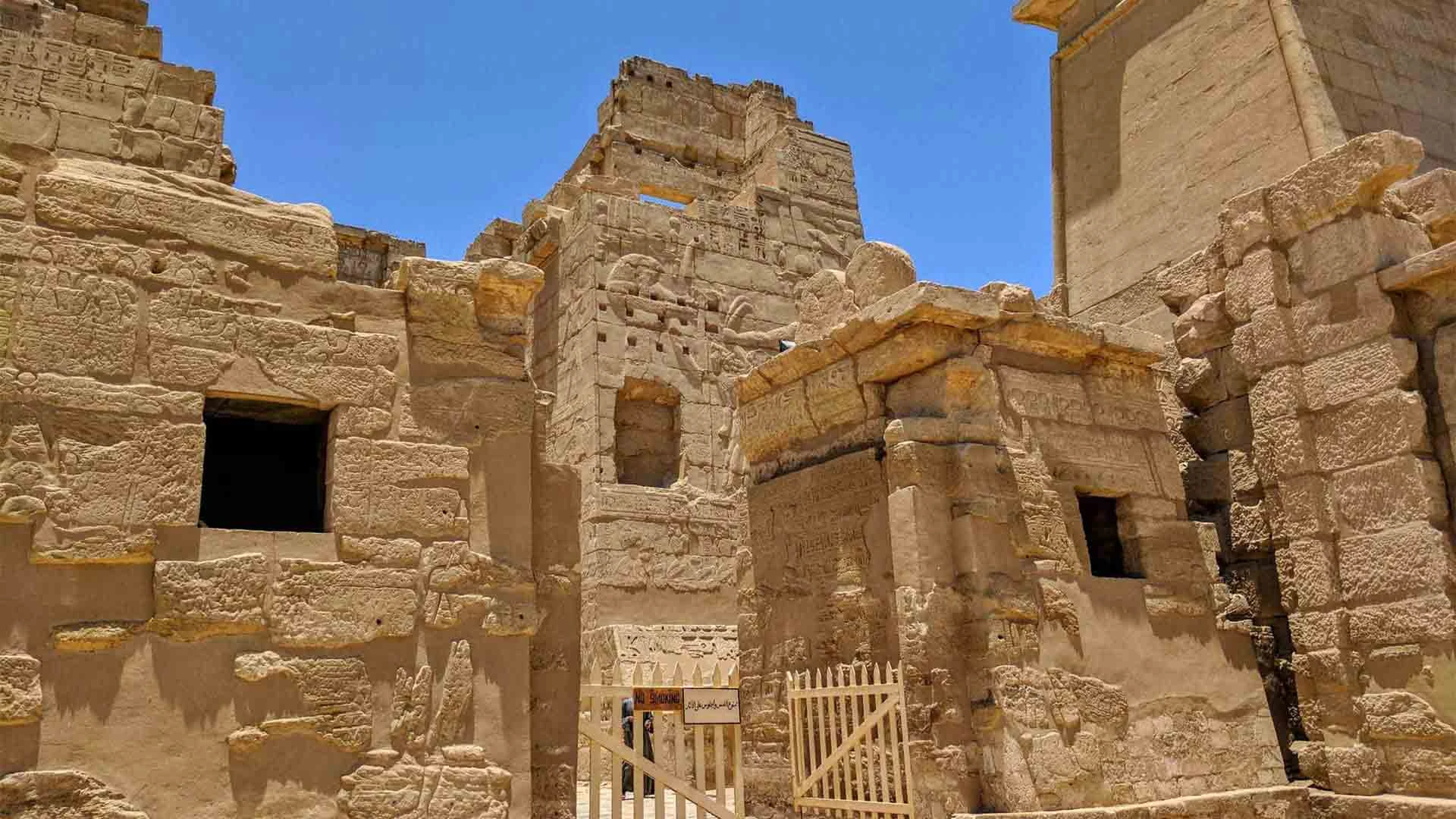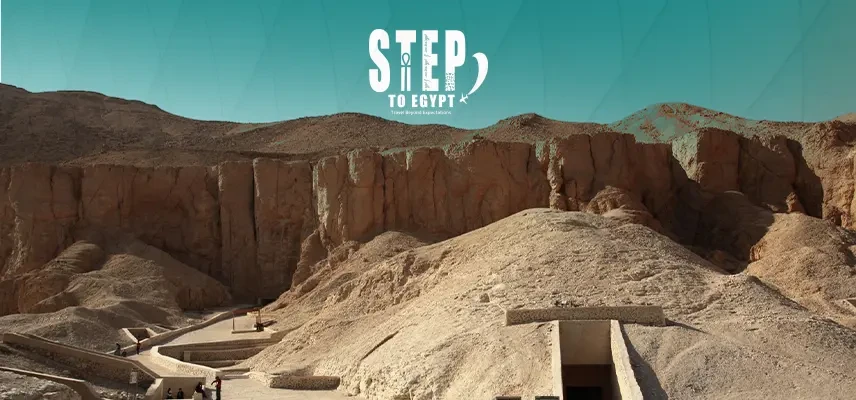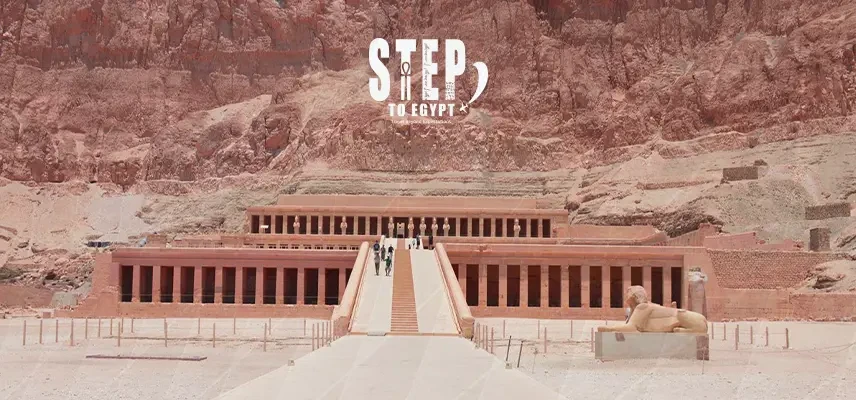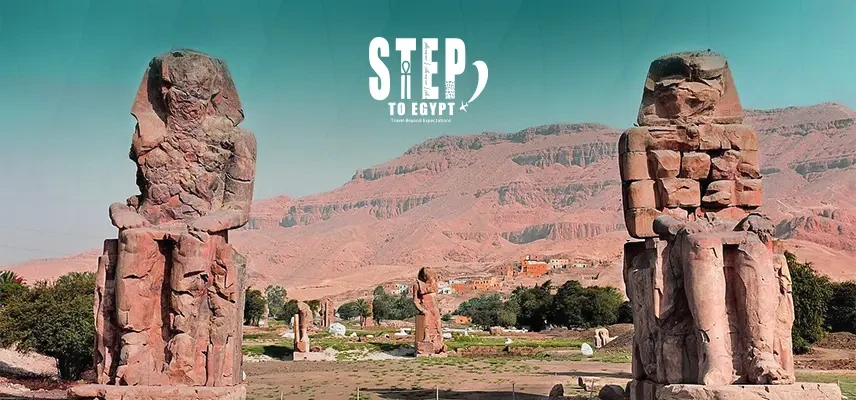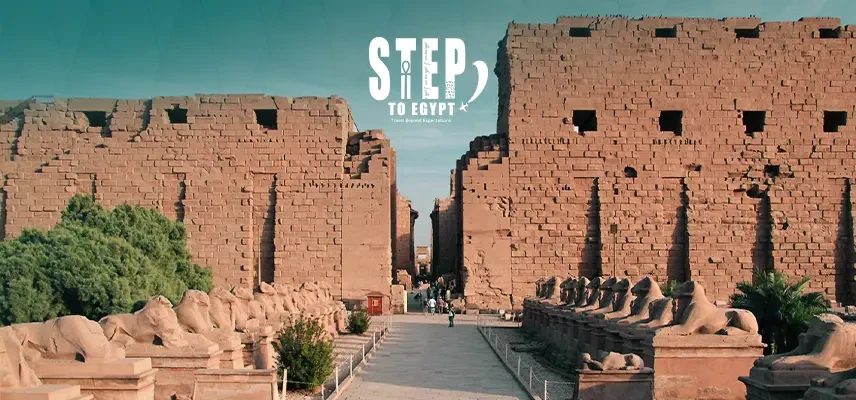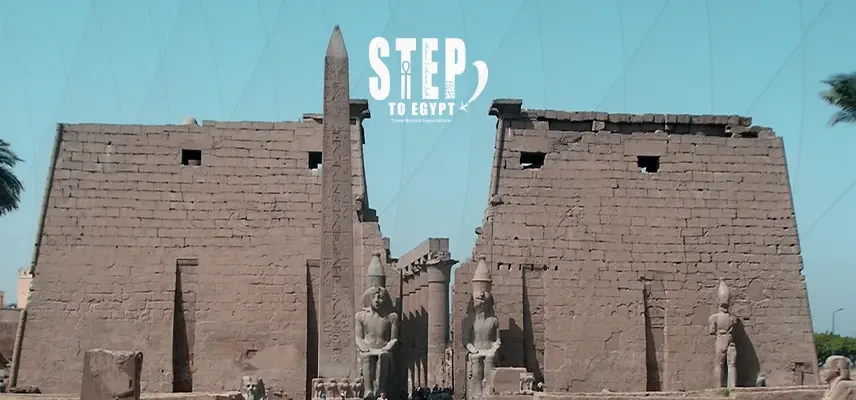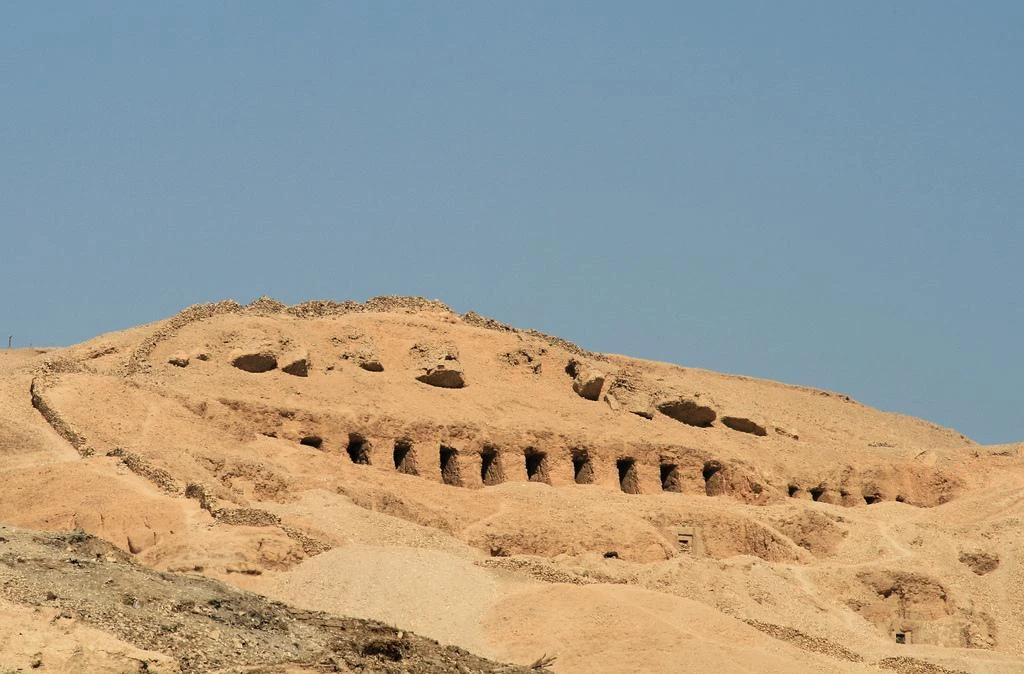
The Valley of the Queens is located near the Valley of the Kings, across from Luxor on the west bank of the Nile. The first tomb known to be constructed in the Valley of the Queens was likely dating to the reign of King Thutmose I. The Valley served as a burial ground during the period 1292–1075 BC, corresponding to the 19th and 20th dynasties.
And while the Valley of the Kings grabs the spotlight, the Valley of the Queens Egypt is where you will find the final resting places of queens and princesses long with noblewomen of ancient Egypt. This valley is tucked away on Luxor's west bank, and you will notice that this site, among all Egypt trips, is less crowded but just as rich in history and beauty. If you are that one who’s into history & art or just want to explore beyond the obvious tourist stops… the Luxor tombs of queens will definitely leave you impressed.

What Is the Valley of the Queens?
The Valley of the Queens was known in ancient times as Ta-Set-Neferu meaning (The Place of Beauty)… It is where wives of pharaohs, royal children and other noblewomen were buried during the New Kingdom. From the outside it may not look like much; just a rocky desert but beneath those cliffs are some of the most stunning tombs ever decorated. The valley also goes by names like Biban el-Harim (women’s doors/gates in Arabic) and Wadi el-Melikat.
Most of the tombs in Valley of the Queens are smaller than those in the Valley of the Kings but they are no less detailed because some walls still have vivid colors and texts that bring the afterlife beliefs of ancient Egypt to life.

Where Is the Valley of the Queens Located?
The Valley of the Queens Luxor is one of many highlights included in well-planned Egypt excursions as it lies on the west bank of the Nile River directly across from the city of Luxor, and it is located near the famous Valley of the Kings and close to other key sites like the temples of Hatshepsut and Medinet Habu.
The main area contains around 91 tombs with nearby sections like the Valley of Prince Ahmose, Valley of the Rope and Valley of the Three Pits.

What Was the Purpose of the Valley of the Queens?
Originally queens were buried in the same tombs as their husbands but as time passed a new burial site was needed to honor royal women in their own right; That’s how the valley of the queens Egypt came to be.
This sacred place became the final resting spot for queens of the 19th and 20th dynasties along with princesses and even princes. The tombs were designed to protect their spirits and treasures for the journey to the afterlife. If you are considering visiting Valley of the Queens you’re about to uncover some of the most fascinating tombs and stories in all of Egypt.

How Was the Valley of the Queens Constructed?
Tomb builders used the same methods as they did in the Valley of the Kings: entrances were made hard to find… hidden in the cliffs to keep tomb robbers out, but still most tombs were looted in ancient times, what remains are beautifully preserved paintings and carvings.
The valley holds more than 75 tombs built between the 18th and 20th dynasties, some tombs show changes in artistic styles reflecting shifts in beliefs and politics, these hidden chambers are a major stop in many Egypt family tours. Here you will find tombs for members of royal families like:
- Princess Ahmose: daughter of Seqenenre Tao
- Wives of Ramses I, Ramses II and Seti I
- Sons of Ramses III such as Prince Amon-Khopshef

When Was the Valley of the Queens Built?
The earliest known tomb was built for Princess Ahmose (daughter of King Seqenenre) and then the valley served as a royal burial ground during the period between 1292 and 1075 BC.
Another notable early tomb likely belongs to Sitre the wife of Ramses I; Over time more royals were buried here including Prince Khaemwaset and Queen Titi. Today it is part of Egypt’s national heritage and featured in many Egypt tour packages in which you will see the area expansion with new tombs during the reigns of powerful kings like Ramses II and Ramses III.

What Is the Tomb of Queen Nefertari?
Among all the tombs… one stands out above the rest: the tomb of Queen Nefertari the wife of Ramses II who was his favorite queen and played a major role in his reign so he built her a tomb so beautiful that it’s often called the Sistine Chapel of Ancient Egypt. We consider this as an important stop in all our Luxor day tours.
Nefertari was not only a queen, but she also helped with diplomacy, religion and public ceremonies and that is why her legacy lives on through the art and writings found inside her tomb.

How Is the Tomb of Nefertari Described?
If we can summarize it in five words we’d say that: HER TOMB IS PURE MAGIC! The ceiling is deep blue and filled with stars to represent the heavens, and the walls are covered in scenes from the Book of the Gates showing Nefertari interacting with gods like Osiris, Hathor and Atum. And in the middle of the tomb lies her red granite sarcophagus.
The main chamber was known as the Golden Hall, and every corner of the tomb celebrates Nefertari’s life and her divine journey to the afterlife, so if you are lucky enough to get Valley of the Queens tickets when her tomb is open DO NOT miss it.

How Were the Royal Treasures Protected for the Afterlife?
Ancient Egyptians believed you needed your treasures in the next world so queens were buried with items like:
- Jewelry
- Food and drink
- Cosmetics and clothing
- Statues and canopic jars
The layout and ritual items you will learn about in this place are often featured in Egypt budget tours and scholarly trips. Builders designed tombs to hide these riches but sadly most were looted long ago. When Italian archaeologist Ernesto Schiaparelli discovered many of the tombs in 1904 the treasures were gone but the beauty of the decoration remained.

How Can You Visit the Valley of the Queens?
It may not look fancy from the outside but once you go underground you will get into a world of color, art & divine storytelling where only a few tombs are open to the public at a time to protect them; the tombs are rotated and often under restoration. It’s often part of well-organized Dahabiya Nile cruises that explore the ancient wonders along the Nile.
The Valley doesn’t look that impressive when you first see it since it’s mostly just a dry sun-blasted gorge full of reddish rock that kind of looks the same everywhere but what most people don’t realize is that hidden underneath all that are almost 90 tombs belonging to some of the most important members of Egypt’s royal family.

Why Should I Visit the Valley of the Queens in Luxor?
The luxor valley of the queens is a hidden gem that deserves a spot on your travel list as you will feed your eyes with colorful paintings and a deep look into the lives of ancient Egypt’s royal women.
Now are you ready to witness it yourself? head to Step To Egypt and check out our Luxor and Aswan Nile cruises that include access to the valley and nearby attractions and don’t miss the chance to walk through one of the most artistic and sacred sites of the ancient world.
About The Author: STE Team

